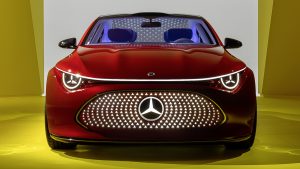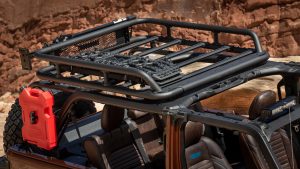German automaker has named its cars with acronyms for decades. After reading this article, you will never mistake one Mercedes Class for another again!

Names are a major concern in the car industry. Companies invest a lot of time and money in research every time they release a new model for many reasons. After all, it is not about simply finding a beautiful name; that is an expressive part of the car’s identity. As we have already written, a good name can make a car a timeless icon, whereas a bad one can make it forgettable or, even worse, fodder for jokes.
On that page, we comment that alphanumeric codes make the least intuitive names for cars. However, we also have to mention that Mercedes-Benz is a notable exception to that. The German company has been strong in the global market for decades and has never named a model of its core line with words. In this article, you are going to learn about its unique naming structure and see several recent examples.
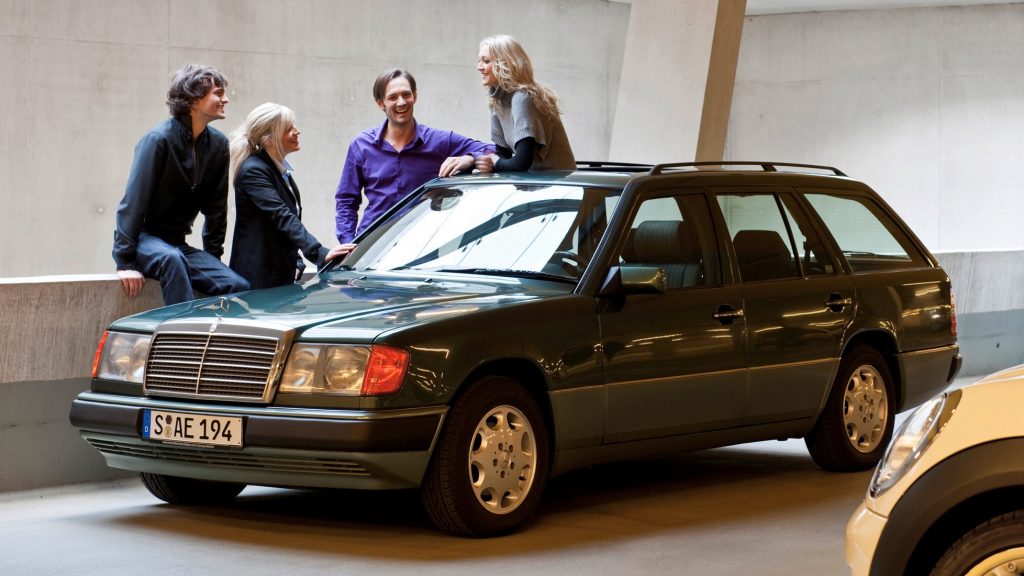
Early types of Mercedes cars
Decades ago, the primary resource companies had to increase a car’s performance was giving it a bigger engine. Mercedes-Benz kept many engines in line for that reason, and they made the primary distinction in terms of names: a “230” meant a 2.3L engine, for example. The “D” suffix meant the engine used diesel; once fuel injection (Einspritzung in German) appeared, gasoline engines used the “E” suffix instead.

A parallel variable would indicate the model family. The luxury line, or “special class”, would add an “S” (Sonderklasse) while the off-road Mercedes-Benz would use a “G” (Geländewagen). This way, a “350 SD” would denote a 3.5L engine of a model that belongs to the upscale family and burns diesel. If you are already feeling confused, buckle down: the company made sure to add some other variables.
When the main line received coupé and station wagon versions, it distinguished them by a new “C” or “T” suffix. The luxury family had a coupé and a long-wheelbase sedan and denoted them with “C” or “L”. The thing is, the new suffixes had different positions. The regular coupé would be xxx CE, in general, while the luxury coupé would be xxx SEC. Fortunately, at that point Mercedes-Benz knew it had to do something.
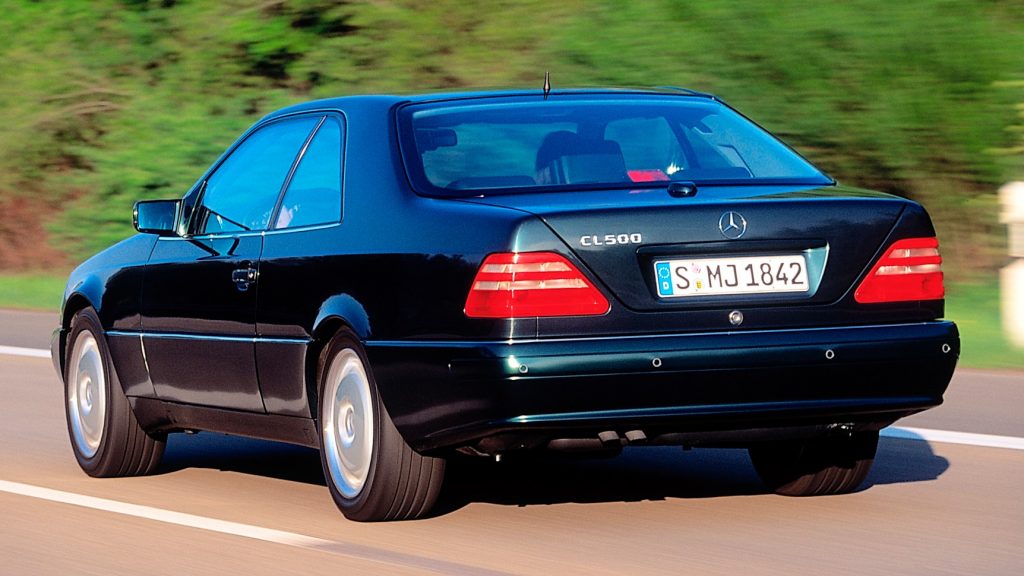
A different Mercedes class
Automakers are living beings; they have to regularly update their lines if they want to remain competitive in the market. Designing intricate naming structures like that is interesting at first, but they are likely to need changes to keep up with the new products. Mercedes-Benz did that for the first time in 1994. The most notorious updates were placing the model’s name at first and eliminating the “E”, as in G 500.
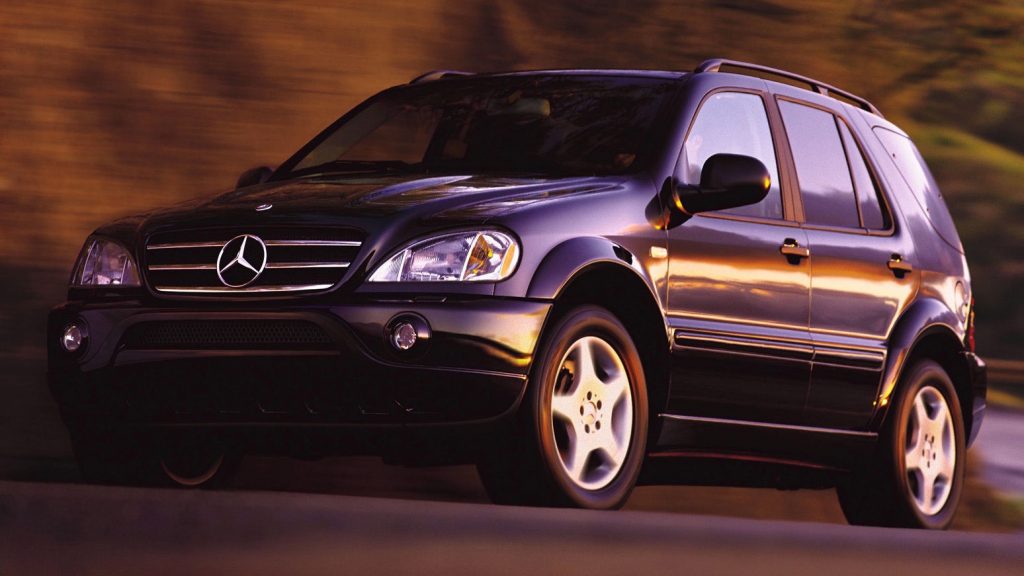
Parallel to that, all cars became specific Classes; that was particularly beneficial for the small and medium lines. They went from irregular names to C-Class and E-Class. Another important change was the addition of the “L” suffix (for Leicht, or “light”) to denote sub-variations. It was originally applied on the SL roadster, but expanded its role to CL, ML, and GL to describe large coupé and urban SUV models.
Over time, the lineup increased again, and Mercedes Benz classes had to accommodate. The addition of smaller cars led to the use of a “K” suffix (Kurz or “short”) for the new CLK, SLK and, later, GLK. Then again, a new problem emerged in the 2010s. The downsizing trend was forcing the automaker to use fewer and smaller engines, and too many suffixes were making it difficult for people to identify each model.
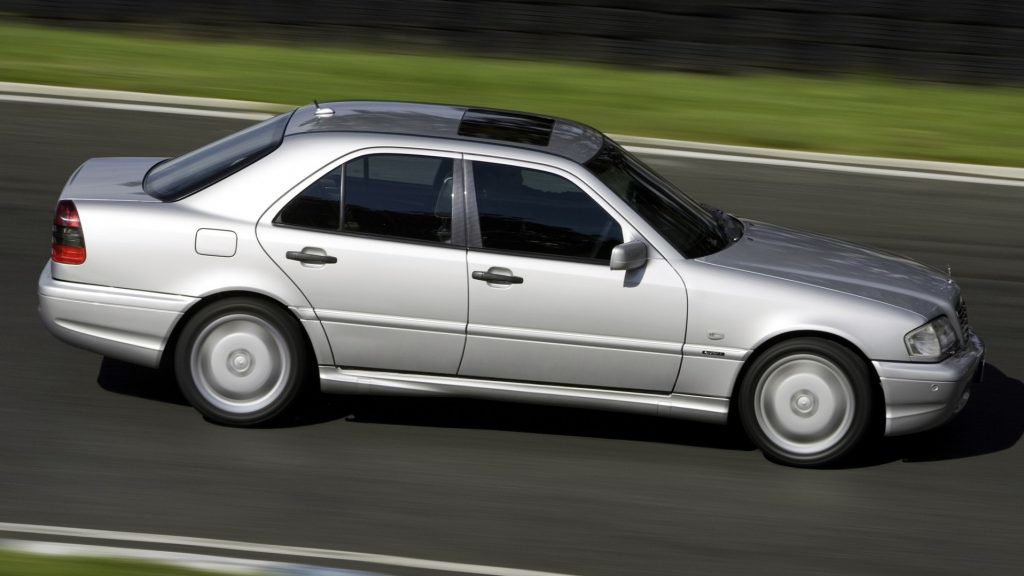
AMG as a new Mercedes Benz class
Before becoming a performance division, AMG used to be an independent tuner. That was the time when it created the Hammer, a limited-edition model of amazing performance. Once it turned into a Mercedes division, it became responsible for sporty versions of all its urban cars. As a result, the manufacturer had to adapt its naming structure yet again. But that turned out to be a much easier task to execute.
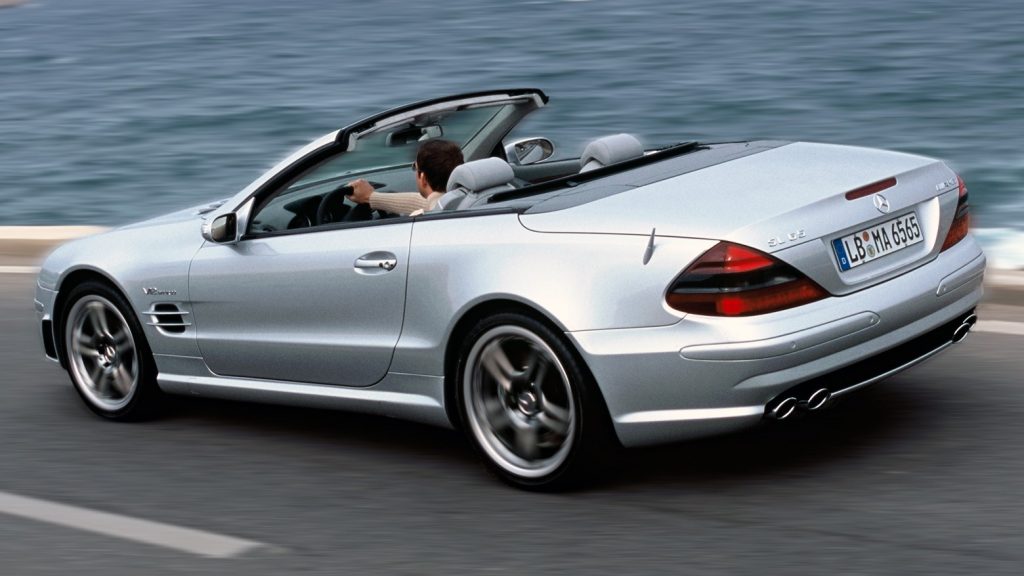
Basically, AMG cars drop the last “0” of the regular name and add the division’s name at the end. While an SL 500 was a regular roadster with a 5.0L engine, the SL 55 AMG was the sporty variation with a 5.5L unit. There were few cases of the model having regular and AMG engines of the same displacement and even fewer with exact liters. One of those is the same SL, which had both SL 600 and SL 60 AMG in 1993.
As mentioned earlier, the downsizing trend made Mercedes-Benz rethink its engine references. The AMG versions had to change first because they used big V12 engines. Nowadays, the numbers on a Mercedes car name build an idea of the car’s performance as a whole. They are not direct indications of the engine’s displacement. Most current models have two different AMG versions, a moderate and an upscale one.
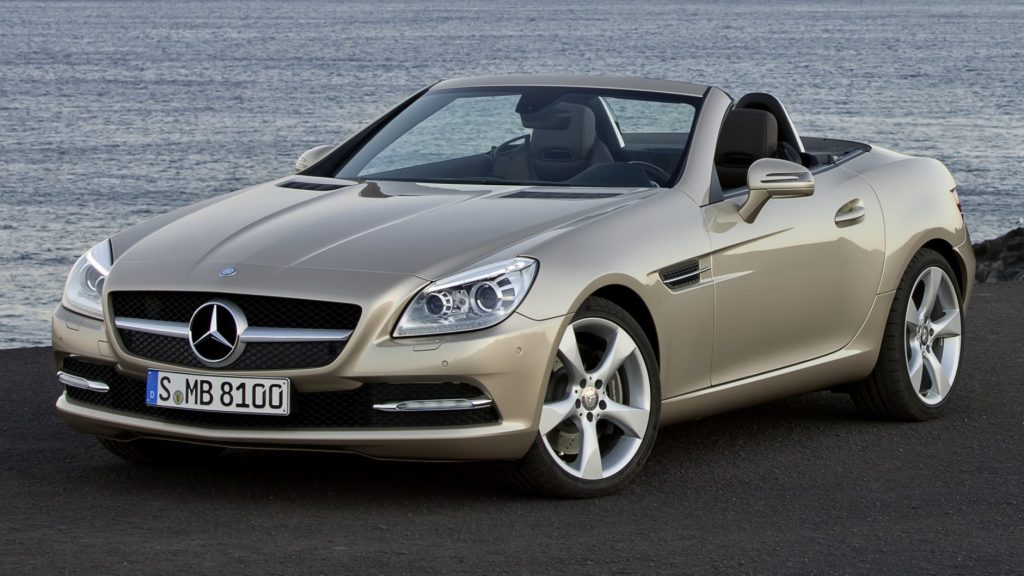
New Mercedes classes ranked
Now, after so many additions, there is a group of core models: A, B, C, E, G and S fit in individual classes. The engine reference succeeds the letter, but it no longer refers to its displacement; that number is now an indirect reference to its performance. Besides, the body style now appears as a separate name in the end. The C 300 Touring, for example, is a station wagon that uses a turbocharged 2.0L engine.

Bigger differences appear on the other models. Coupés and SUVs are now derivations of the core models, and their names reflect that. The CLA, for example, is part of the A-Class line and is smaller than the CLS. That change was particularly useful in the SUV lineup, which now has GLA, GLB, GLC, GLE and GLS. The exception is the SL, which preserved its name because it has built a strong tradition in the company.
Mercedes-Benz now expresses any secondary variations as separate names. Besides body styles, the AMG sporty packages fall under that category: that is the case of the AMG Line package, for example. This new naming structure has been active since 2015 and is about to welcome the brand new CLE. The specialized press believes it will replace the coupé/cabriolet versions of both the C-Class and E-Class with one car.
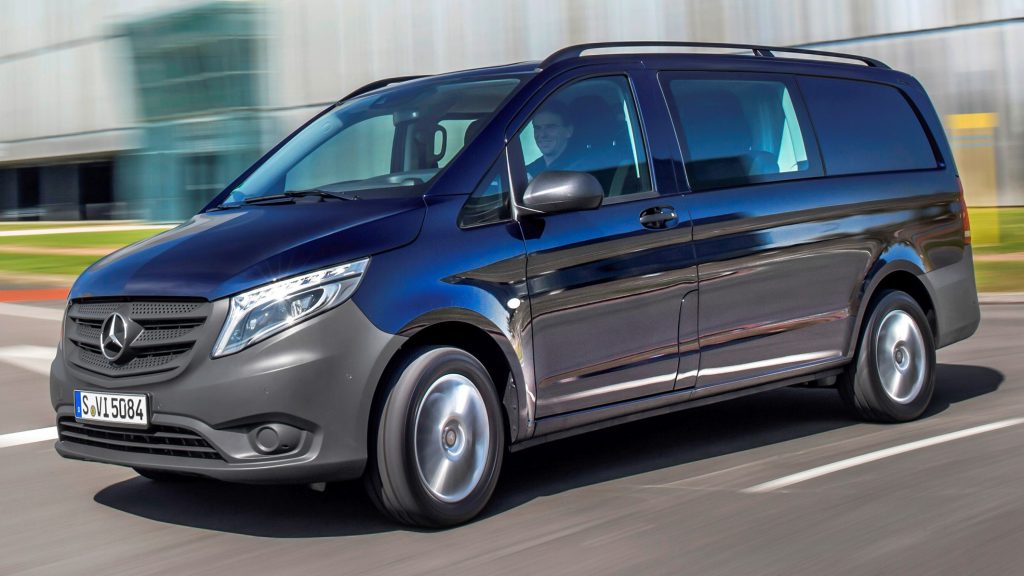
Other types of Mercedes Benz
The fact that the company excels in the luxury market has not harmed its potential to perform well in the professional sector too. However, it uses a much simpler strategy for its commercial vans: they use regular word names such as Sprinter, Vito and Citan. There are numbers to indicate the engine and surnames for the engine’s technology, like “BlueTec”, but nothing different from what many other automakers do.
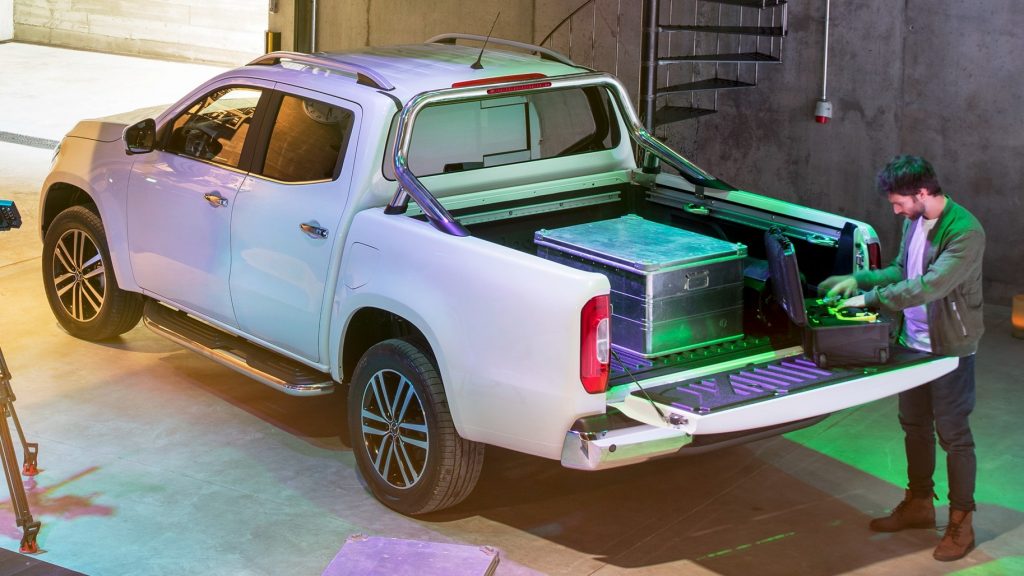
Then again, there is a trick here. The Vito and the Citan focus on cargo and combined versions but offer a passenger variation as well. It is fancier and offers more in terms of appearance and comfort. The trick is that Mercedes Benz names these variations V Class and T Class, respectively. In this case, the most likely goal is that the company wants to bring them closer to its lineup of city-oriented automobiles.
In this group, another interesting mention is the X Class. Mercedes-Benz’s first pickup truck came in 2017 from a joint-venture with Renault-Nissan. Though the maker went further than the others to differentiate it, press and customers complained that it was too similar to the Navara and Alaskan to justify its badge. Had it been successful, its “Class” name would have left room for a business version like those others.
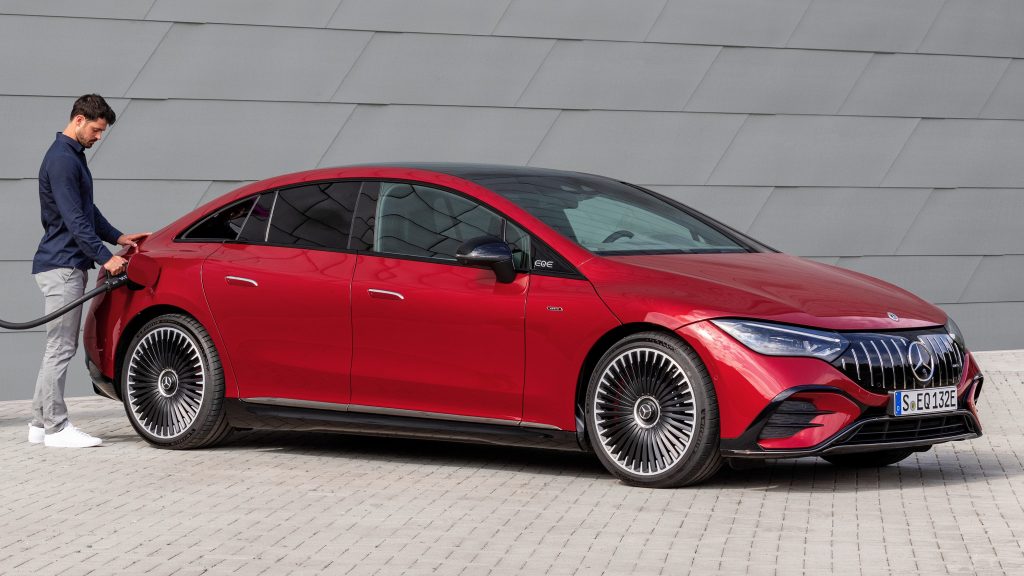
Latest different Mercedes models
The latest naming structure reduced the engine option to a lowercase letter in the end: “d” for diesel, “h” for hybrid, and “e” for electric. That was useful to make powertrain a secondary trait on those car models; Mercedes-Benz wanted to make room for something new. Over the past few years, most of its attention has gone to the brand new line of electric cars. Which has a brand new naming structure, of course.
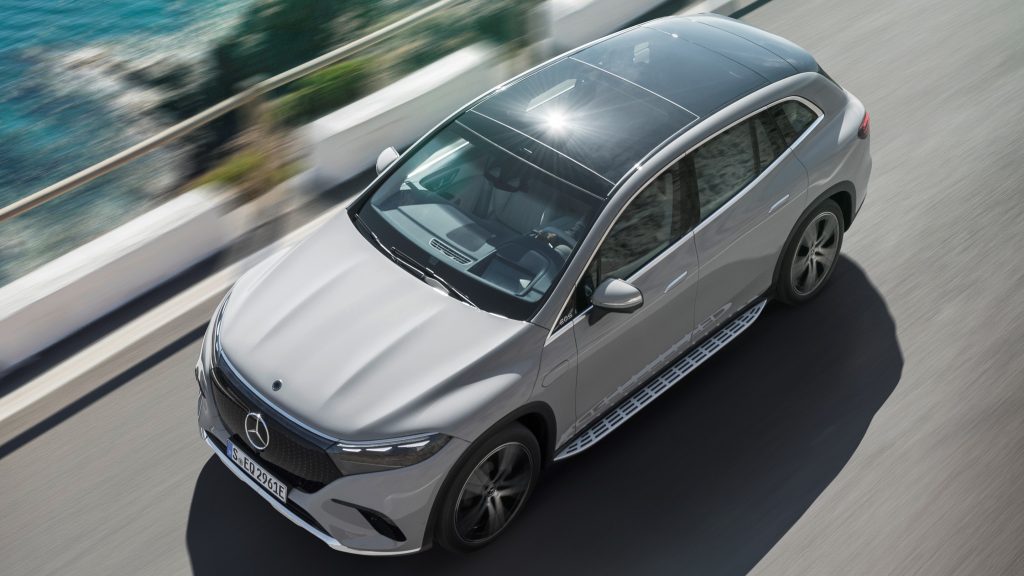
In this case, the “EQ” prefix is permanent and distinguishes those cars. The last letter relates them to the traditional core models; the EQE is more refined than the EQB, for example. The first EQ car came in 2019 and the line has been increasing ever since. The EQE and the EQS are the first ones to get a second body style besides the initial sedan. In that case, the new addition has simply received the “SUV” suffix.
Since Mercedes-Benz has always been so meticulous with its naming structure, it was only natural for it to expand the EQ’s use. This prefix now appears on all concept cars focused on electrification, like the Vision EQXX. Besides that, all urban models that feature mild-hybrid assistance now have that system named EQ Boost. When it comes to plug-in hybrid versions, the automaker changes that name to EQ Power.

Mercedes Classes rank
Now that you have learned the core elements of Mercedes-Benz’s naming structure, we compiled them in the general graphic below. We have excluded the commercial vans from it simply because their names do not follow that structure. Besides that, we decided to limit the illustration to the current naming structure. After all, we definitely do not want you to be even more confused by mixing present and past names.
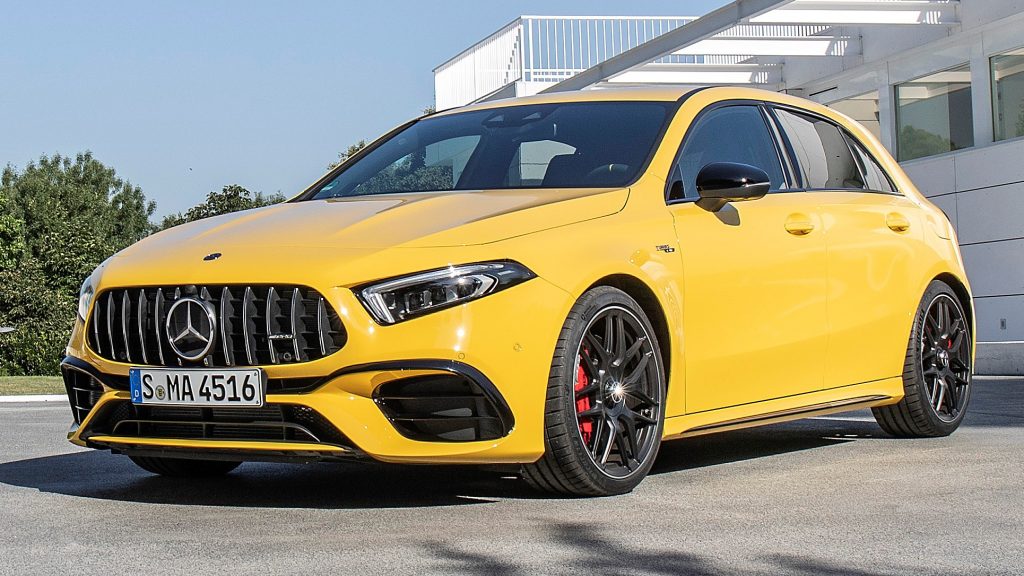
You can see that the SUV line has grown quickly so as to cater to the huge demand of the past few years. The electric EQ line has grown quickly too, but that case is mostly due to the maker’s effort to anticipate a future demand for fully electric cars. When it comes to coupés and roadsters, unfortunately there has not been enough market demand around the world to make them present in all lines of the core models.
According to what is said on other parts of this article, we can expect that infographic to grow soon. The electric line is going to welcome the EQG, a fully electric SUV based on the G-Class’ famous boxy design. In the coupé line, the CLE will be a midsize sporty model available in both cabriolet and coupé versions. Think of it as Mercedes-Benz’s response to the strategy BMW used back when it created the 4 Series.

Specific Mercedes car types
Mercedes-Benz made yet another interesting change to its structure recently. Since AMG has become so popular, it decided to elevate it to a regular division. Now named Mercedes-AMG, it has expanded its role from tuning existing cars to performing more complex operations. The AMG GT family and, more recently, the latest SL, were entirely developed by the new division. They no longer use the Mercedes-Benz name.
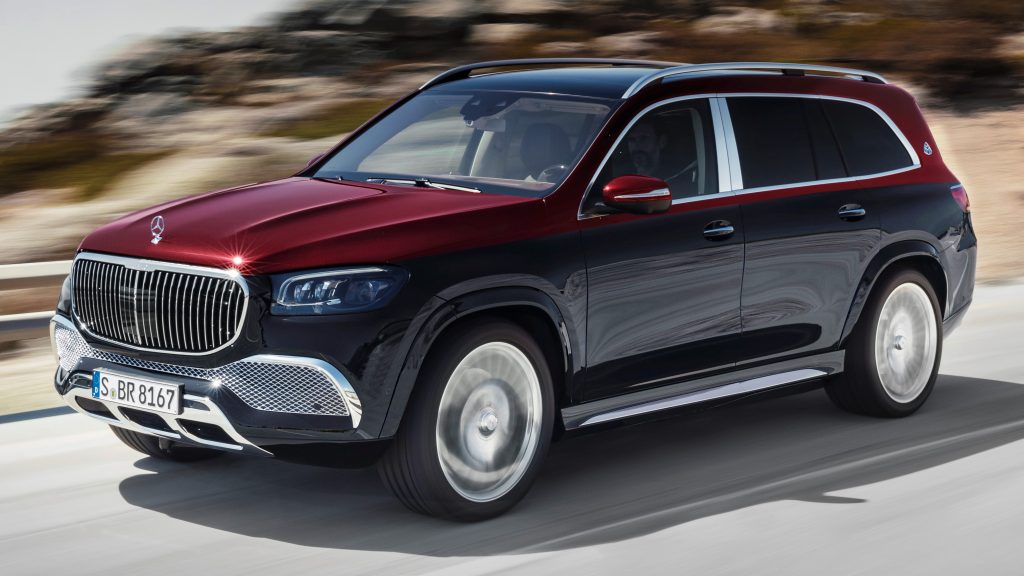
Since that specific venture turned out well, the company went ahead and engaged in another one shortly afterwards. While AMG takes care of sporty cars, Mercedes-Maybach is the division in charge of the ultra-luxury cars. This one is the company’s latest attempt to bring back the iconic brand to life. It currently has variations of the GLS and S Class but has already offered customized G Class and SL as well.
Recent press reports have shown that the company plans to expand that idea. There will be more models especially in the Maybach portfolio and even a third special division. Parallel to that, the EQ is expected to keep growing over the next years. Mercedes-Benz’s family keeps growing; in fact, it is probably the largest it has ever been. But now, the company has found ways to make its naming strategy more objective.

Frequently asked questions
Are Mercedes Classes ranked?
In a way, yes. In terms of size, powertrain and sophistication, the core models go like: A-Class, B-Class, C-Class, E-Class, and S-Class.
What are the best Mercedes sedans?
The S-Class and the EQS. They represent the best the company has to offer in two different ways. The S-Class is an old-school, limousine-like sedan whereas the EQS is a cutting-edge liftback with fully electric powertrain.
What are the big Mercedes Benz cars?
The SUVs. In the regular line, we can mention the GLE and the GLS. In the electric line, the upcoming EQS SUV.
What are the Mercedes car types?
The core models have only one letter in their name; that is the case of A-Class and E-Class, for example. Coupés are now named starting with a “CL”, such as CLS. SUVs use a similar strategy with “GL”, like “GLC”. The only model with a unique name nowadays is the SL roadster.
What is the best Mercedes Benz car?
The S-Class is the most sophisticated. The AMG GT is the sportiest. And the G-Class is the best prepared for off-road driving.
What is the Mercedes Benz cheapest car?
Considering the urban cars, that would be the Mercedes Benz A Class. It is the only hatchback currently available in Mercedes-Benz’s lineup.
What is the Mercedes top of the line?
The Mercedes-Maybach S 680. That model has many exclusive features, including a longer wheelbase and countless comfort and safety items.
Danillo Almeida has explored his passion for cars in two distinct ways. The first one is his graduation course in Mechanical Engineering, which will hopefully lead to a job position in the field. The other one is expressing his knowledge and opinions on the matter through writing. Almeida has already contributed to blogs, stores, and websites in general writing automotive content in many formats.

